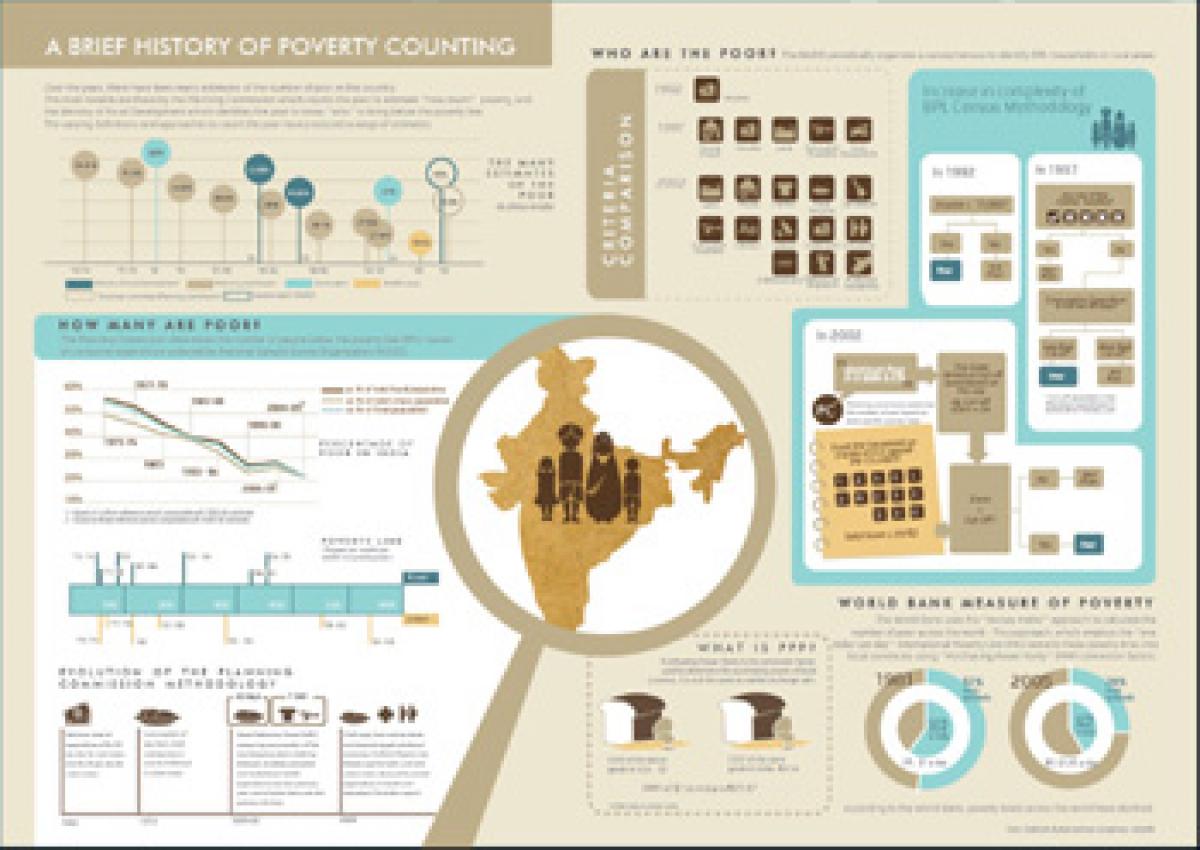Live
- Akbaruddin files papers as 'backup' for Asad from Hyderabad LS seat
- Prabhas extends generous support to TFDA ahead of Director’s Day celebration
- Manyam district stands first in SSC
- Asad goes full throttle in campaigning as other contenders lack sting in drive
- ACB finds crores worth assets from arrested sub-registrar Taslima
- Xiaomi Smarter Living 2024 Event: Livestream, Expected Announcements, and More
- Sweet tidings for the elderly population
- WhatsApp Update: WhatsApp Develops File Sharing Without Internet
- Sharad Pawar Warns Of Emergence Of "New Putin" In India, Criticizes PM Modi's Governance Approach
- Hyd Congress pick delay leads to clamouring by many for seat
Just In

The Modi government has launched many new schemes for the poor and marginalized with ambitious goals.
The Modi government has launched many new schemes for the poor and marginalized with ambitious goals. However, as past experience shows, most of these suffer from the same flaws: Absence of active involvement of primary stakeholders in their designing and implementation. Consequently, this is one of the main reasons why they are not yielding results.
Remember, over the last 70 years of planning, most development programmes for the poor have been designed on the premise that the needy need charities as they cannot afford to pay for services. But this is an erroneous assumption wherein dollops of free money have stifled people’s initiatives.
Indeed, several studies have revealed that the poor are keen to have access to proper health facilities, education, sanitation and housing. Moreover, they are willing to pay for the services if they are genuinely useful and are available through hassle free systems. Today the marginalised are investing their precious savings in private hospitals and private schools.
They are also borrowing at heavy interest rates from private lenders because bank loans, despite being cheaper, are mired in red tape. Besides, they are fed up with the bureaucratic procedures that consume their time and do not yield any benefits. In fact the loss of several days’ wages in chasing Government departments for largesse under official schemes neutralises the net benefits.
True, there are critics who believe the poor are so poor that they should not be made to pay for things. But experience shows that dignity is more important than anything else. Undeniably, the reality of those living on the margin of existence is often different from the assumptions made by the Government.
Thus, it is difficult for the planners to understand their fears, hesitancy, pain and duress they live in which separates the project from its implementation. Of what is possible and impossible and easy or difficult for the rural poor. Notably, rural poverty is misperceived because of the ‘distance’ of the administrator and the professional from the poor.
Clearly, it is much better to support local groups rather than the expats, who not only cost less but have a better idea of what people need. Unless the poor and disadvantaged are deliberately and persistently sought, they will remain in the background, effectively screened from outside inquiries.
The “bottom up” approach is about living and working with the poor, listening to them to gain their confidence and trust. It cannot be bought and manipulated with money or by grafting urban assumptions of development which might destroy the existing workable low cost structures.
Additionally, it is about respecting and implementing the ideas of the poor, encouraging them to use their skills and knowledge for their own development. There is, of course, one tide which will lift all boats. This is the tide of economic growth and poverty is the biggest hurdle to empowerment. We need to correct this.

© 2024 Hyderabad Media House Limited/The Hans India. All rights reserved. Powered by hocalwire.com







